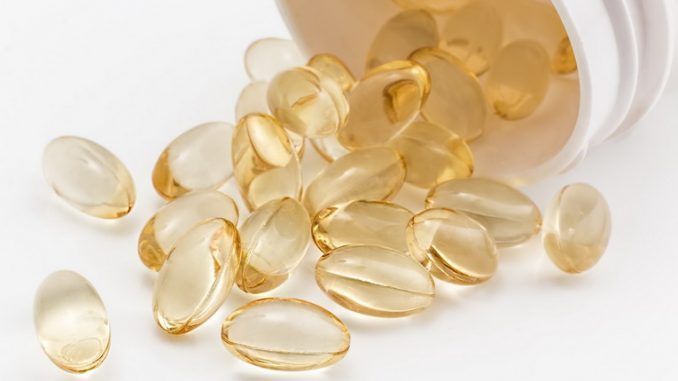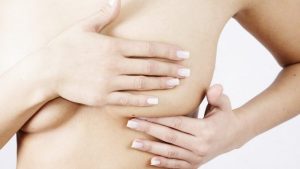
Biosimilar drugs, cheaper does not mean less value
Consumption of the two main biosimilar drugs in endocrinology, insulin and growth hormone, increased significantly in the first half of 2017: consumption doubled and quadrupled, respectively, compared to 2016.
Consumption of biosimilar drugs continues to increase
According to the Most Recent Data Published by the Italian Biosimilars Group, Consumection of Biosimilars Reached 21% in The First Half of 2017, UP FROM 13% Recorded in 2016. When looking at the most widely used biosimilar drugs in endocrinology, one of the therapeutic areas that has been using biological and biotechnological drugs for the longest time, volume consumption of biosimilar insulin glargine has increased from 7.5% to 15% while those of growth hormone have increased from 6.5% in 2016 to 27% recorded in the first half of 2017.
Guastamacchia: “Biosimilar drugs an’opportunity”
"Chronic diseases," explains Edoardo Guastamacchia, president-elect of AME, the Association of Medical Endocrinologists, such as diabetes or growth hormone deficiency, require ongoing care that has burdensome repercussions on our health care system. In light of the increasing aging of the population and the prevalence of chronic diseases, it seems clear that the health care system faces a challenge to provide appropriate and quality care at a cost that is sustainable for public spending. In this Context, Biosimilar Drugs Seem to repress an opportunity ".
The Recent Great Interest in Biosimilar Drugs Stems from the Possibility of Treating More Patients with Innovative Drugs, Given the Low Cost Compared to Reference Biologic and Biotech Drugs. "Beginning in 2006, Patents Protecting Biological and Biotechnology Drugs Began To Expire in Europe," Explains Pierluigi Navarra, Pharmacologist, Faculty of Medicine, Catholic University of the Sacred Heart in Rome, Allewing Other Companies to produce the related biosimilar drugs. Biological Drugs Are Usually Very Expensive Because of the significant investment required for their Development. The Loss of Patent Coverage Thus Represents The Possibility of Having Innovative Drugs With Reduced Cost ".
The First Biosimilar Drug Was Preciseel Employed in Endocrinology
Growth Hormone or Somatropin. "The Italian experience with biosimilar growth hormone, says Maurizio Poggi, endocrinologist, UOC Endocrinology, Azienda Ospedaliera Sant'Andrea in Rome, is long-standing considering that its patent coverage expired in Europe in 2006. Data to date indicate with sufficient clarity the equal efficacy of biosimilars for short- and medium-term therapy. Regarding safety, especially in the long term and especially regarding oncological risk, the data are still insufficient but it should be noted that even regarding originator use, the data regarding long-term safety are incomplete.
Certainly, in view of the chronicity of growth hormone therapy and the high costs involved, it is necessary to take into account the possibility of using the biosimilar drug in naive patients (who have never had the treatment) and, again with respect to prescriptive appropriateness , to consider the possibility of therapeutic shift in those already treated. This is provided that careful patient characterization is done and any originator-biosimilar shift is incorporated into a program that includes careful information and sharing of the treatment plan with the patient and, in the case of pediatric patients, with the family.".
Also insulin as a biosimilar drug
Another Biotech Drug of Which the Biosimilar Version is Available is insulin, which accounts for
Therapy in Diabetes Mellitus. "Biosimilar Inscins," Illustrates Alessandra Fusco, endocrinologist,
ACISMOM Diabetology Outpatient Clinic in Naples, Are Fairly Recent: The Patenting of Insultin
EXPIED Glargine in 2014 While Only in July 2017 Did the Ema approve the first biosimilar
of Fast-Acting insulin Lispro.
As with with all biosimilar drugs, there are alo also several studies for insulin that confirm
Comparable effectiveness, safety and immugenicity appeared to the original Drug. Another wait to be
Consider, Which differentiates these drugs, is not only the drug itself but also the injection devices. It is
Therefore Also Important to Inform The Patient About the Diversity of the Injection Device and the
Mode of Use.".
Studies Needed to appears effective
The special caution given to biosimilar drugs stems from the drugs' complexity
biology and biotechnology. "Biologic and biotech drugs," Navarra continues, "are drugs that
are extracted from biological material (such as urinary gonadotropins) or that are
produced by bacterial or mammalian cells (in this case, we speak more properly of drugs
biotechnology) and are usually much larger and more complex molecules than synthetic drugs
chemistry.
The production process, relying on living beings, is therefore much more complex and results in
fundamental in determining the drug itself. Accordingly, changing even just cycle
production or manufacturing facility, the final product will not be the same as the drug
biological reference, i.and., the originator, as opposed to the equivalent drugs that
Are exact copies of the referencedrug.
Precisely because of this, studies are needed to compare the efficacy, safety and quality of the drug
biosimilar versus its originator through the so-called "comparability exercise" (testing for
Comparison). What few People Know, However, Is That If There is a Change in The Manufacturing Processor or the
Manufacturing Site Must Be performed the "Comparability Exercise" for the Biological Drug AS Well
Originator to show that the drug, is similar, mind you not equal, to itself.".


